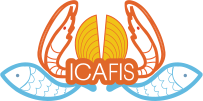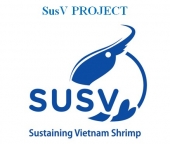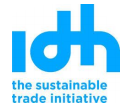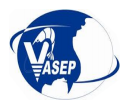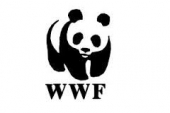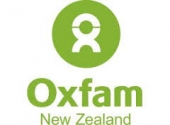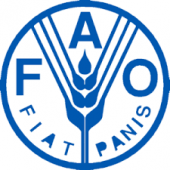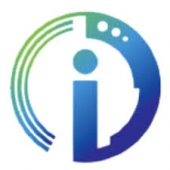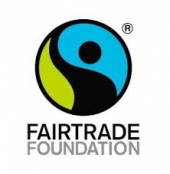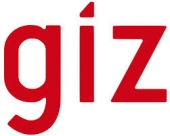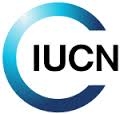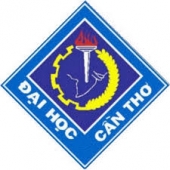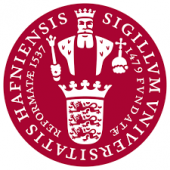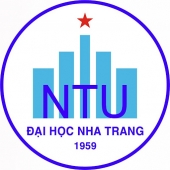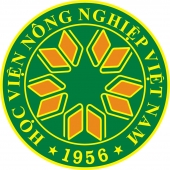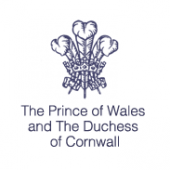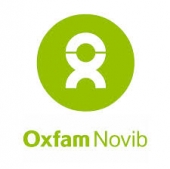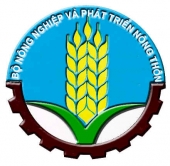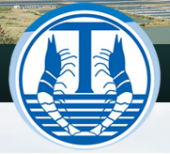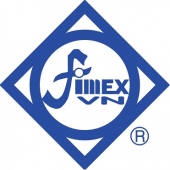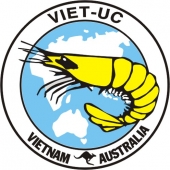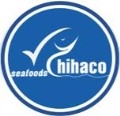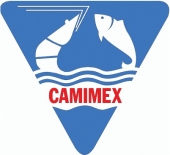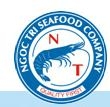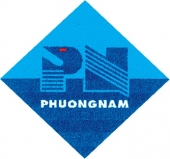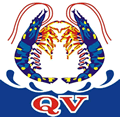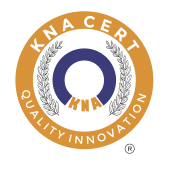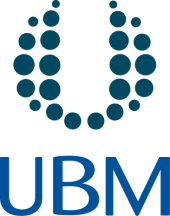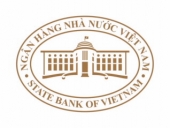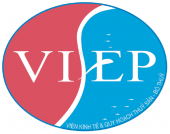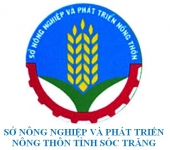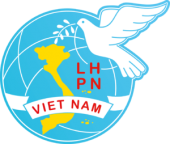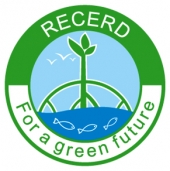Project Title: Fostering rural economy of the Tam Giang-Cau Hai lagoon, Vietnam, through clam farming, fish processing and marketing.
Line Agency: Ministry of Agriculture and Rural Development of Vietnam
Project Proposing Agency: Thua Thien Hue Province
Partner agencies in Italy: The Chamber of Commerce of Rovigo, Italy, The Ca’ Vendramin Foundation, The Polytechnic University of Marche, LP Foods, Singapore (private)
Project duration: 2 years (October 2015 – September 2017)
Project location: Vinh Hien and Loc Binh Communes, Phu Loc District, Thua Thien Hue Province.
Donor: The Veneto Region
Summary statement
Rural Vietnam and central provinces in particular have come to a point where no significant improvements will be achieved without innovation in the economic system, from actual mere subsistence to market-oriented. Innovation will be achieved through production diversification and mechanization, environmental stewardship, water management, development of the cooperative movement, provision of services, development of value chain, food safety and quality control and, last but not least, active participation of the private sector. Agriculture and fishery sectors require modernization in harmony with the country’s vigorous industrialization, so as to continue to guarantee food security, adequate income to farmers and to alleviate rural poverty. The proposed project aims at driving a marked technological and economic shift in a specific locale of rural Thua Thien Hue – the Tu Hien inlet of Cau Hai lagoon – by engineering measures to ensure water quality, by stabilizing and conditioning the inlet canals so to make them suitable to commercial clam farming and by promoting a diversified fish production capable to satisfy domestic and international market demand. Quality and safety will be achieved through qualitycontrolled processing operated and managed by local Fishery Associations/Cooperatives.
Overall project objective (Project Goal)
The communities of the Tu Hien inlet of Cau Hai will be able to diversify their production, including clams, achieving quality and safety for their products, compliant to the international market requirements, thanks to management and control of the aquatic environment. Local fishery associations/cooperatives will be able to independently market their products through the adoption of a value-chain approach, controlling quality, prices, increasing their profit margin and ensuring better market access. The overall process envisions a five-year cycle, with a two-years piloting phase supported by the Veneto Region as a primary donor. On the basis of field testing and results achieved during the piloting phase, process understanding will be available for an optional step-up, requiring more substantial inputs, credit institution support and the participation of the private sector.
Project immediate objective
Reactivating the Tu Hien inlet through dredging6, will ensure water quality and habitat suitable for clam farming at semi-industrial level. The project will pilot a commercial venture by conditioning farming grounds, stocking seeds, ensuring product processing through a facility on land (purification, processing, packaging) and market access though promotion (branding and market 6 Ministry of Construction, Decision No 539/BXD-VLXD dated March 27th, 2014, on production of saline sand for export analysis). A small enterprise owned and operated by fishers will be created, taking advantage of the organizational structure of local fishery associations. In order to achieve this objective, the following outputs are expected:
Output 1 – Clam farming is enhanced through the creation of experimental subaqueous plots proximity of the Tu Hien inlet, suitable for sowing seeds and/or fattening of juveniles, once nursed in appropriate structures on land. The potential success of clam farming relates to seafloor conditions primarily, hydrodynamic and water quality/salinity. Habitat suitability will be tested through monitoring. Constraints for clam farming in Tu Hien were discussed in Tosini et. al. (2013)7 and Paesanti et. al. (2013)8.
Output 2 – In order to complement the prospected clam production with post-harvest operations, a processing backyard facility is designed and implemented in the Phu Loc District, operated and managed by fishers, for purification, packaging, stocking and delivery, in compliance to quality requirements of the domestic and international markets. Among the priorities identified by the farmers during consultations, there are: i) the need to improve and modernize facilities; ii) the need of a structure to nurse and treat fingerlings against diseases before stocking and iii) the need to guarantee better marketing conditions.
Output 3 – Promotion of the Cau Hai products through branding and quality certification is designed, to facilitate access to the domestic and international market.
Output 4 – Clean-energy production options evaluated, designed and tested as relief power supply for the processing facility.
For more informations, please contact:
1) Dr LE THANH LUU - Director of ICAFIS
Mobile: 0913270388 Email: luuria1@yahoo.com
2) Mr DINH XUAN LAP - Deputy director of ICAFIS
Mobile: 0985.024.307 Email: lap.dinhxuan@icafis.vn
International Collaborating Centre for Aquaculture and Fisheries Sustainability – ICAFIS - Vietnam Fisheries Society (VINAFIS)
Address: 3rd Floor, A7 House – 10 Nguyen Cong Hoan St, Ba Dinh, Hanoi, Vietnam
Office/Fax: +84-43-7245121
Email: info@icafis.vn Website: www.icafis.vn
